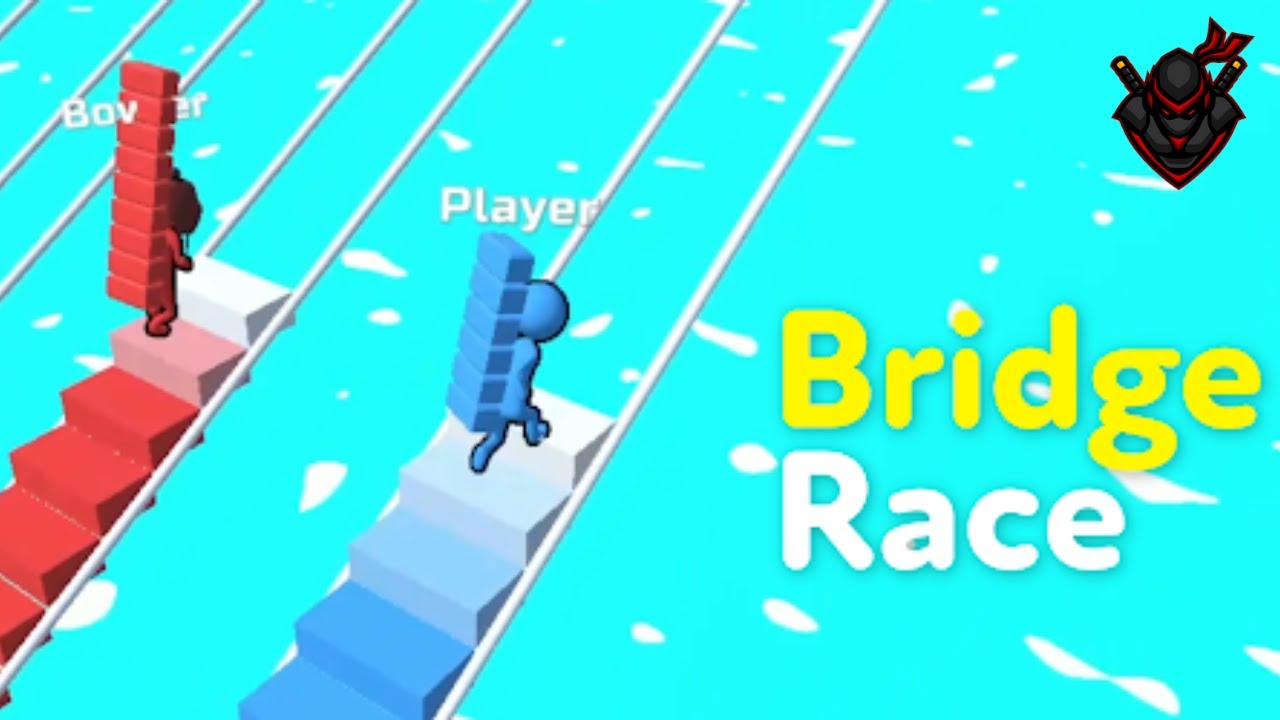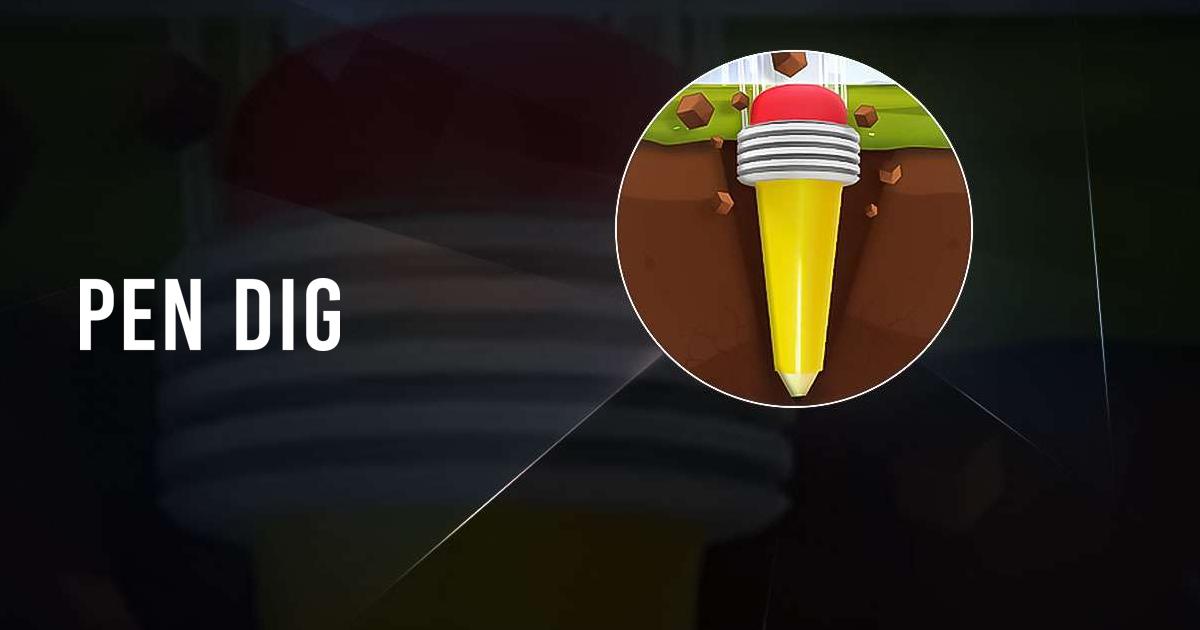In the world of board games and puzzles, Draw Bridges stands out as a thrilling and challenging game that blends strategy, critical thinking, and a bit of engineering. The game, inspired by the mechanics of drawbridges in real-life engineering, offers players the chance to build, manage, and control bridges in various environments. Whether you’re an experienced gamer or someone new to strategic board games, Draw Bridges offers an engaging experience that makes you think about both tactics and resource management.
In this article, we’ll dive into the world of Draw Bridges as a game, explore its mechanics, strategies, and provide a detailed understanding of why it has captivated players worldwide.
What is the Draw Bridges Game?
Draw Bridges is a strategy-based board game that simulates the construction, operation, and management of drawbridges, which are mechanical bridges that can be raised to allow ships or other boats to pass underneath. Players are tasked with building, managing, and raising bridges while ensuring the efficient flow of traffic and resources. The game challenges players to plan their moves, optimize their resources, and solve puzzles related to infrastructure and engineering.
Key Features of the Game
- Strategy and Planning: The main focus of the game is on tactical planning and resource management. Players must think ahead and make wise decisions to ensure the smooth operation of the bridges.
- Building and Construction: Players must construct drawbridges using various materials, considering structural integrity, traffic flow, and environmental factors.
- Resource Management: Just like in real-world engineering, resources such as funds, materials, and time are limited, so players must efficiently manage them to succeed.
How to Play Draw Bridges
Understanding the rules and mechanics of the Draw Bridges game is essential for beginners to get started and for experienced players to sharpen their skills. The game is designed to be played by two or more players, with each player taking turns to complete tasks related to the construction and operation of drawbridges.
1. Setting Up the Game
The setup is straightforward. Each player receives a set of materials and a small budget to begin the game. The game board is typically divided into sections representing different areas where drawbridges can be built. These areas can range from small rivers to large canals or strategic points where major transportation routes cross.
2. The Objective of the Game
The main goal of Draw Bridges is to build and manage bridges effectively to ensure the smooth passage of vehicles and boats, optimize resources, and prevent the collapse of the bridge. Players earn points by completing successful bridge constructions, raising bridges at the right time, and managing their limited resources wisely.
3. The Turn Phases
Each player’s turn in the game is broken down into several phases:
- Planning Phase: The player decides which bridge to construct or operate and plans the logistics for the move.
- Construction Phase: The player gathers the necessary materials and builds the drawbridge.
- Operation Phase: The player raises or lowers the bridge, managing the flow of traffic and boats based on the current state of the game.
- Resource Management Phase: After making a move, the player allocates resources, including funds, time, and building materials for the next round.
4. Raising and Lowering the Bridge
One of the most exciting aspects of Draw Bridges is the mechanics of raising and lowering the bridge. This feature reflects the challenges engineers face in real life, as bridges need to be raised to allow boats to pass but must be lowered for vehicles. Timing the bridge’s movements correctly can impact the success of the game, as an improperly timed bridge may cause traffic jams or delays.
5. Scoring Points
Players earn points based on the efficiency of their bridge construction and operation. Points are awarded for:
- Successfully building a bridge that allows smooth passage for both vehicles and boats.
- Raising and lowering the bridge at appropriate times.
- Managing resources effectively and within budget.
- Completing specific challenges or objectives set at the beginning of the game.
Game Strategies and Tips
Being a strategy-based game, Draw Bridges involves thinking several steps ahead. Here are some strategies and tips that can help you excel in the game.
1. Plan Your Resources Carefully
One of the most important aspects of Draw Bridges is resource management. You are given a set amount of materials and funds at the start of the game. Spending these resources wisely is key to long-term success. Prioritize essential constructions and consider future needs to ensure you do not run out of critical materials.
2. Optimize Bridge Timing
The timing of when to raise or lower the bridge is crucial. Raising the bridge too early can delay traffic, while waiting too long could cause boats to back up. Look ahead at the game flow and predict when it’s the best time to raise or lower the bridge. Strategic timing will give you an edge over your opponents.
3. Build in Stages
Instead of constructing an entire bridge at once, consider building in stages. This approach allows you to spread out your resources over multiple turns while still making progress on the bridge. It also allows for flexibility in adapting to changes in the game.
4. Stay Ahead of the Competition
Keep an eye on your opponents and their moves. If someone is constructing a bridge near your area, consider altering your strategy to prevent them from gaining an advantage. The game is competitive, and keeping your opponents in check can often be as important as building your own bridges.
5. Adapt to Changing Conditions
The game board and conditions will change as the game progresses, so flexibility is essential. Adapt to new challenges, such as unexpected traffic jams, natural disasters, or changes in resource availability. The ability to think on your feet and adjust your strategy can make a huge difference in your success.
Types of Draw Bridges in the Game
To add variety and complexity, the game often includes different types of drawbridges that players can build. Each type comes with its own set of challenges and advantages. Here are a few common types of drawbridges you may encounter in the game:
1. Bascule Bridge
A bascule bridge is a type of drawbridge that uses counterweights to raise the bridge deck. This bridge is ideal for low-traffic areas where quick movements are necessary.
2. Swing Bridge
A swing bridge rotates horizontally to allow ships to pass. This type of bridge is suitable for wider waterways but can take more time to operate than a bascule bridge.
3. Vertical Lift Bridge
A vertical lift bridge moves straight up and down to let boats pass beneath it. This type of bridge is more complex to manage but is necessary for waterways with taller ships.
4. Basement Bridge
This bridge has a rotating platform that can raise and lower by a combination of mechanical pulleys. It’s a cost-efficient but less flexible option compared to the others.
Conclusion
The Draw Bridges game combines strategy, engineering, and resource management, making it an engaging and thought-provoking experience. It challenges players to think critically, plan ahead, and make decisions based on limited resources. Whether you’re a seasoned strategist or a newcomer to the world of board games, Draw Bridges offers an enjoyable and rewarding experience.
By understanding the mechanics, employing the right strategies, and mastering the timing of bridge construction and operation, players can enjoy hours of fun while learning about the intricacies of bridge engineering. Whether you play with friends or family, Draw Bridges promises to be a fantastic addition to any game night.


